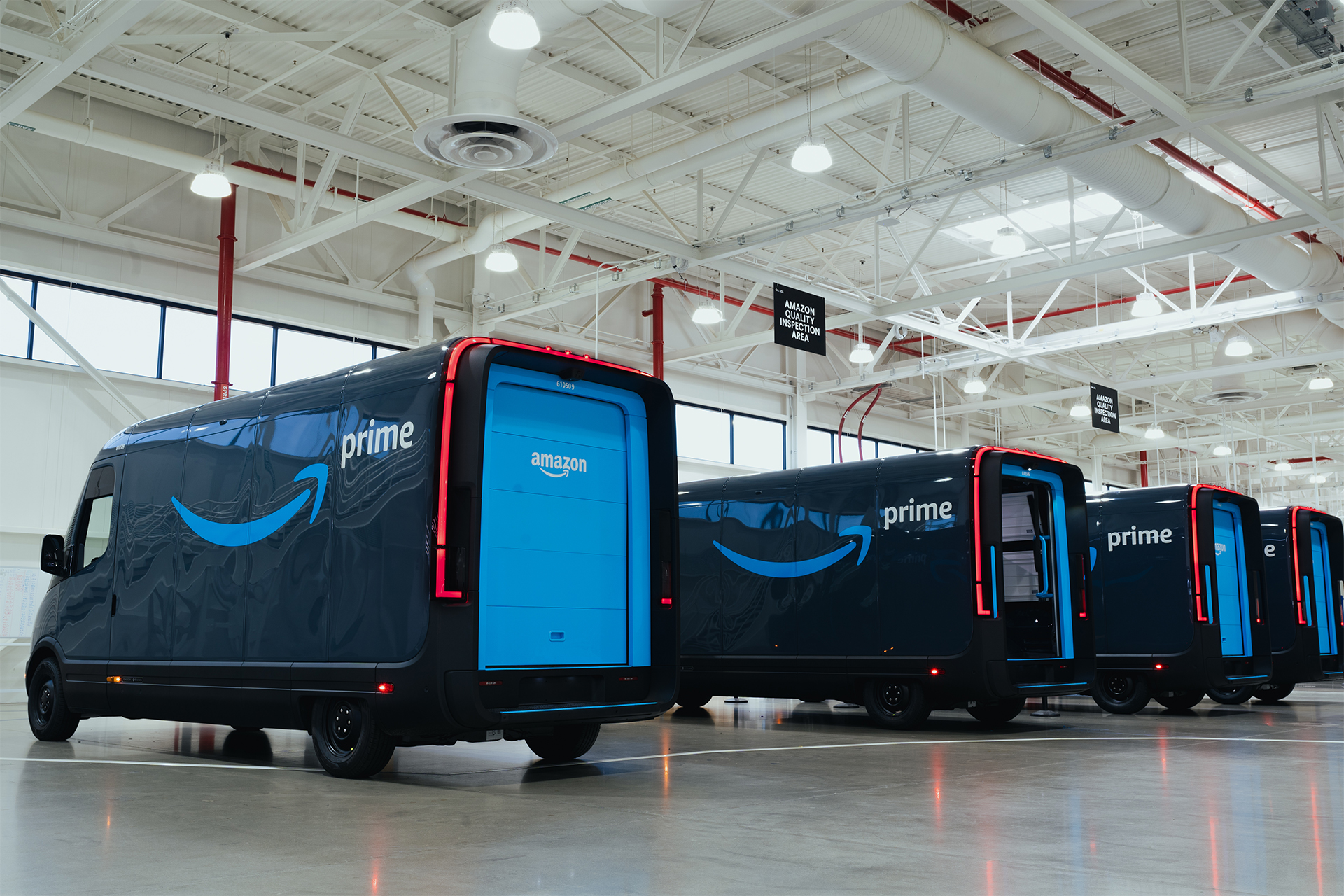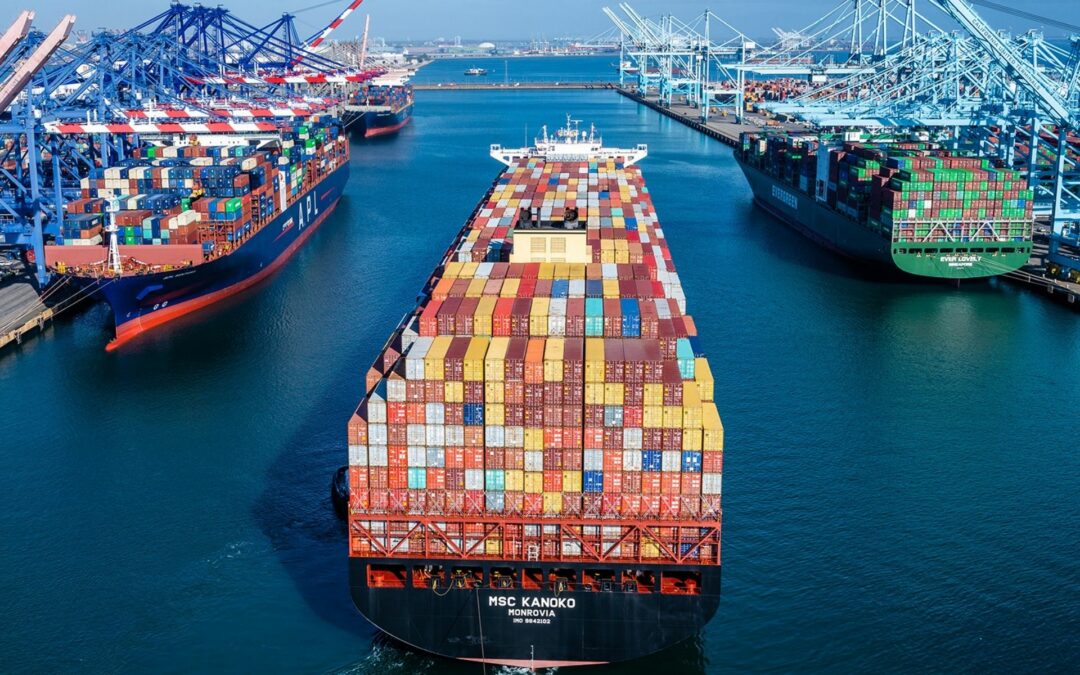Amazon fell short of second-quarter expectations as it continued working to cut costs and drive its Prime business.
In the quarter that ended June 30, Amazon’s net loss was $2.03 billion, or 20 cents per diluted share, versus net earnings of $7.78 billion, or 76 cents per diluted share, in the year-earlier period, Amazon reported. Amazon’s loss per diluted share came in worse than a MarketBeat-published analyst consensus estimate for earnings of 15 cents while revenues topped a $119.16 billion estimate. Second quarter 2022 net loss included a pre-tax valuation loss of $3.9 billion in non-operating expenses from Amazon’s common stock investment in Rivian Automotive, the company noted.
Net sales increased 7% to $121.23 billion versus the prior-year quarter, Amazon stated. With $3.6 billion unfavorable impact from year-over-year changes in foreign exchange rates in the quarter excluded, net sales increased 10% versus the 2021 period. Product sales were $56.58 billion versus $58 billion in the year-previous quarter, according to Amazon. Operating income decreased to $3.32 billion from $7.7 billion in the year-before period.
Among the highlights of the quarter, as identified by Amazon:
- Amazon announced new offers for Prime members in the United States, including a free one-year Grubhub+ membership, a new year-’round 20% discount on select everyday essentials at Amazon Fresh stores and exclusive deals on home entertainment items and merchandise to help prepare for NFL Thursday Night Football, with, in addition, Prime Student members getting six months free of a LinkedIn Premium subscription.
- The company introduced new ways for customers to support and discover small businesses selling in Amazon’s store including the Small Business Badge.
- Amazon announced that customers in Lockeford, Calif., and College Station, Texas, will be among the first to receive Prime Air drone deliveries in the U.S.
- In working with retailers and stadiums Amazon equipped third-party locations with Just Walk Out technology for checkout-free shopping and Amazon One for palm recognition and payment service, with recent store openings that gave consumers the option of using the technology including the Walk-Off Market food and beverage store at T-Mobile Park in Seattle and the Hudson Nonstop store in Nashville International Airport.
- On a larger scale, 12 Amazon Fresh stores opened across the U.S. and the United Kingdom, and introduced new innovations to improve the shopping experience for customers such as the next-generation Dash Cart, which uses computer vision algorithms and sensor fusion to help identify items placed in a cart, and allows the consumer to fit more items in, bring the cart to their cars, and easily search for specific items on the cart’s screen.
- Amazon announced Store Analytics, a new service that provides brands with aggregated and anonymized insights about the performance of products, promotions and ad campaigns.
- A second Brand Protection Report was released detailing how the company safeguards customers, brands and selling partners from counterfeit products.
- Amazon filed legal action against the administrators of more than 10,000 Facebook groups attempting to orchestrate fake reviews on the site in exchange for money or free products.
- The company launched Amazon Marketing Stream, Beta, a product that delivers hourly Sponsored Products campaign metrics to advertisers or agencies through Amazon Ads API.
- Amazon sponsored the second re:MARS conference in Las Vegas and welcomed nearly 7,000 attendees, in person and virtually, to hear from academics and experts in machine learning, automation, robotics and space.
- The company got underway with making customer deliveries with its Rivian electric delivery vehicles.
On Prime Day, July 12 and July 13, which fell in the third quarter, Prime members worldwide purchased more than 300 million items and saved more than $1.7 billion on Prime Day, July 12 and July 13, with best-selling categories including Amazon Devices, Consumer Electronics and Home, Amazon indicated. Prime members worldwide purchased more than 300 million items and saved more than $1.7 billion on Prime Day with best-selling categories including Amazon Devices, Consumer Electronics and Home, the company maintained.
In a conference call, Brian Olsavsky, Amazon’s CFO, emphasized that 2021 Prime Day occurred during the second quarter and contributed about 400 basis points to the period’s year-over-year revenue growth rate. He added that, in Q2 of this year, Amazon kept working to improve the customer experience including quarter-over-quarter improvements in delivery speed and inventory in-stock levels. It adjusted staffing levels and improved the efficiency of its expanded operations network while cutting costs and better aligned 2022 and 2023 operations expansion plans to expected customer demand.
Andy Jassy, Amazon CEO, said, “Despite continued inflationary pressures in fuel, energy, and transportation costs, we’re making progress on the more controllable costs we referenced last quarter, particularly improving the productivity of our fulfillment network. We’re also seeing revenue accelerate as we continue to make Prime even better for members, both investing in faster shipping speeds, and adding unique benefits such as free delivery from Grubhub for a year, exclusive access to NFL Thursday Night Football games starting September 15, and releasing the highly anticipated series The Lord of the Rings: The Rings of Power on September 2.”





